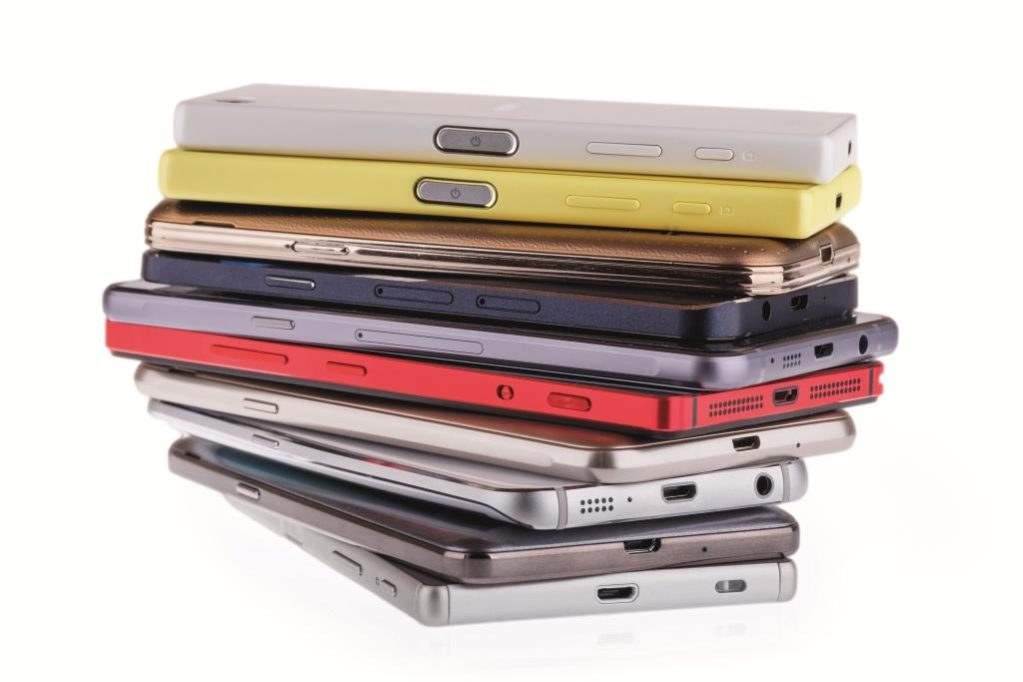Over the past decade, Kenya has taken considerable steps towards deepening financial inclusion. This is reflected in the 2016 FinAccess Household Survey which shows that slightly more than three-quarters of Kenyans are now formally included by the financial system, which is a 50% increase over the past 10 years.
According to the report, the percentage of Kenyans relying on informal services providers decreased from 32.11% in 2006 to 7.2% in 2015. Thanks to technology, 18% of Kenyans now use new mobile banking services such as M-Shwari and M-Pesa, a scenario that has pushed the proportion of bank account users to 38%, up 10% from 2013, while traditional bank accounts have decreased.
Despite the significant progress seen towards enhancing financial inclusion, there is much less success in the use of investment products, such as shares, mutual funds and treasuries. The study showed that the use of investment products decreased to 10.6% in 2016 compared to 11.6% in 2013. Findings by the same survey also revealed that the number of Kenyans familiar with the Nairobi Securities Exchange (NSE) stood at only 38%. It seems that a lack of awareness could be why less than 30% of daily market transactions at the NSE are attributed to local individual investors.
But there is hope. Mobile phone platforms are being used to increase awareness and participation. Data shows that 26% of Kenya’s adult population own a smartphone or other smart devices. The uptake of mobile banking services has led to an increase in the banks’ penetration in the past 10 years, from 14% in 2006 to 38.4% in 2015. Investment managers, stockbrokers and insurance companies will also be buoyed by market studies that show that 71% of the population uses financial services provided by mobile financial service providers. This is a clear sign that mobile phones are the best way to encourage investments.
In light of this, the Kenyan government is launching the mobile-traded government security, M-Akiba. Kenyans with as little as $30 will be able to bid for the upcoming five-year income tax-free bond using their M-Pesa accounts. Investors will rejoice; M-Akiba returns are expected to be better than the current fixed deposit rates and most money market accounts. Stockbrokers have not been left behind either – at least three of them have recently launched mobile apps aimed at retail investors looking to buy shares, monitor their portfolio holdings and check account balances via their mobile phones.
But, the road ahead is not without obstacles. One is the low incomes among Kenyans. According to household survey, 75% of adults earn less than $150 per month. This may hinder most Kenyans from taking up financial products. A lack of trust among women towards formal financial institution is another major challenge. According to the latest quarterly report by the Capital Markets Authority (CMA), women account for merely a third of the total number of investors. Low levels of education in the country are also an issue, with 60% of the population not completing a secondary level of education. With this in mind, it could be daunting when it comes to selling sophisticated financial products, such as derivatives and exchanged traded funds. Even among the educated, stakeholders will have to fight to shake off the persistent fascination with real estate.
At least Kenya is showing resolve to deal with the challenges. There is a big chance to make real changes to how people invest; all that is needed is a phone.
